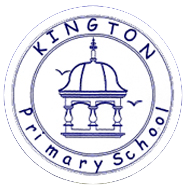Light
-
What is light?
Good BBC Bitesize page
-
What is light?
KS2
-
Light sources in your bedroom
Make a note of all light sources introduced. Which of them are natural? Which of them are artificial light sources? Which of them are reflections?
-
Light & Shadows
Interactive flash
By the end of this unit...
...all children should be able to:
- Identify light sources.
- Understand that we need light to see.
- Know that light travels in a straight line.
- Identify reflective surfaces.
- Know that the sun can damage their eyes.
- Know how to protect their eyes from the sun.
- Understand that a shadow is formed when a solid object blocks light.
...most children will be able to:
- Understand that dark is the absence of light.
- Set up an investigation and make predictions.
- Understand how surfaces reflect light.
- Recognise that a mirror appears to reverse an image.
- Identify some parts of the eye.
- Understand how the sun can damage parts of the eye.
- Identify opaque, translucent and transparent objects.
- Know how shadows change size
...some children will be able to:
- Explain the properties of materials that reflect light well.
- Understand why shadows change size.
- Set up reliable and accurate investigations.
- Make and explain predictions.
- Make and record accurate observations.
- Use scientific language to explain their findings.
- Be able to ask and answer questions based on their learning using scientific language.
